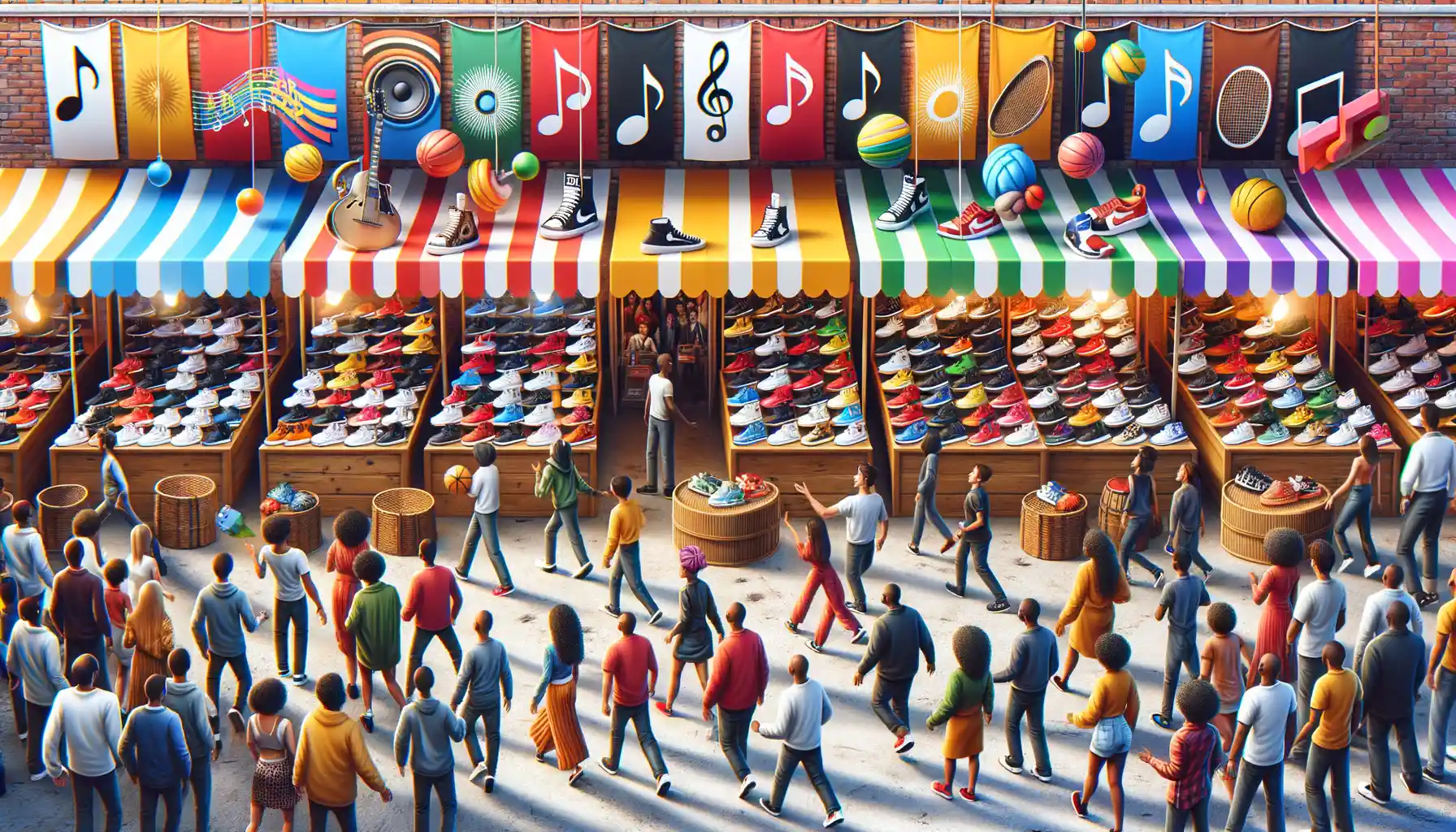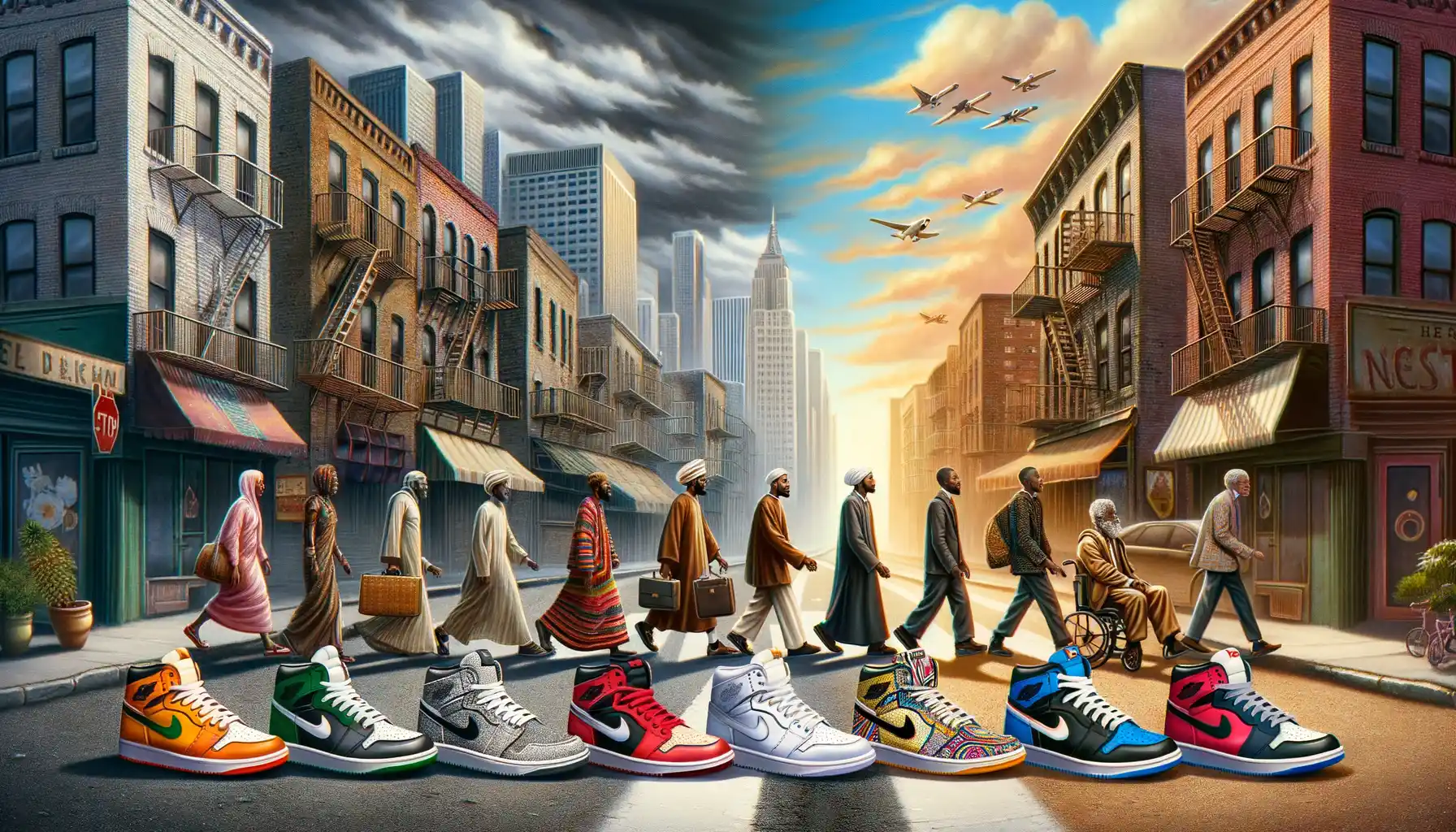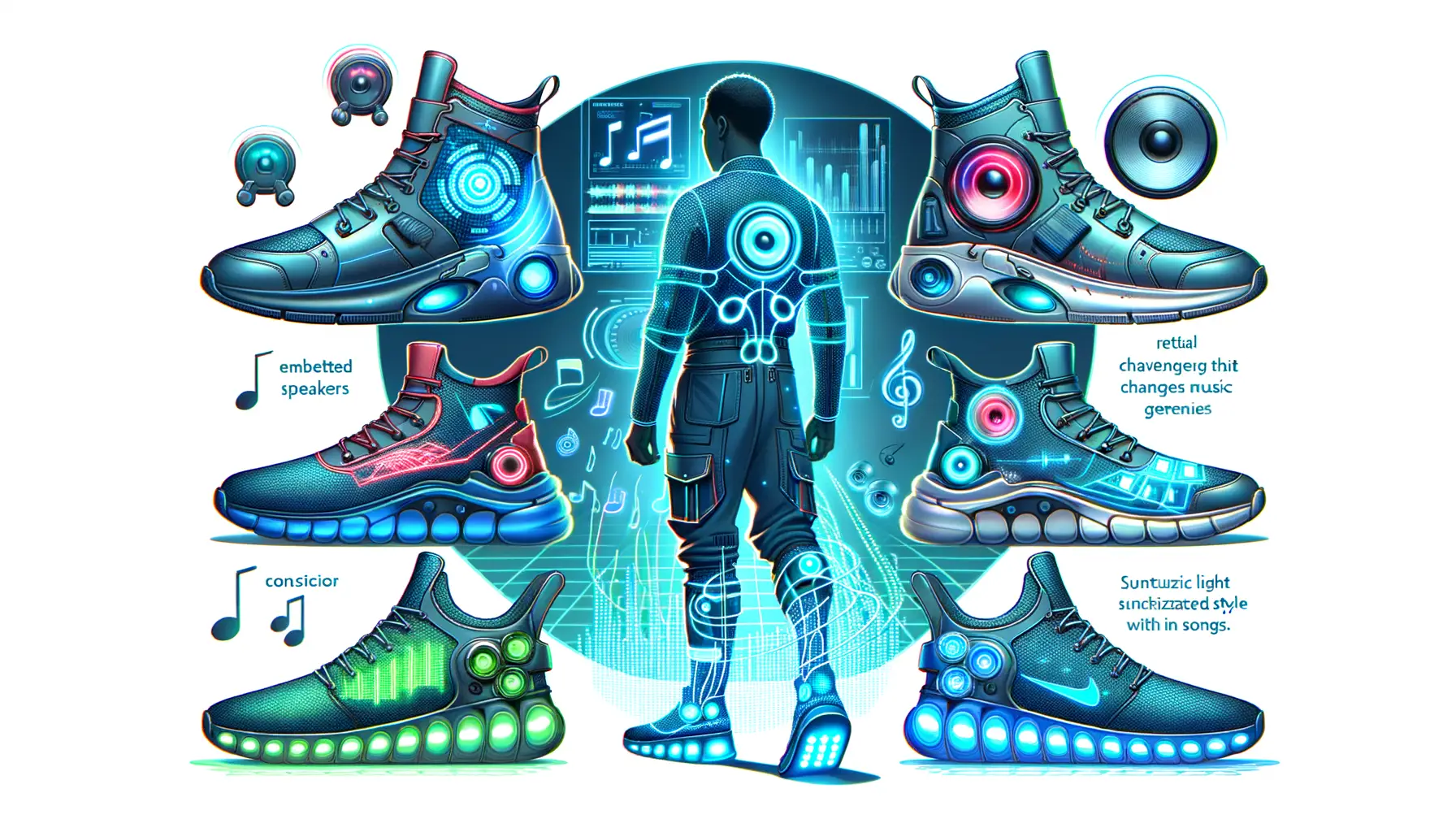Introduction to the Intersection of Music and Sneaker Culture
Where Beats and Sole Meet
Picture this: the pounding rhythm of a bassline as sharp as your freshest pair of kicks. The connection between music and sneakers? It’s not just a vibe—it’s a lifestyle. Hip-hop MCs, rock legends, pop stars, they’ve all turned sneakers into cultural symbols just as powerful as their lyrics or guitar riffs.
From the streets of the Bronx in the ’70s, where Run DMC rocked their Adidas Superstars with no laces, to today’s global stages, sneakers have been center stage, dancing in perfect harmony with music’s evolution. Why? Because music doesn’t just move us; it defines us—and so do our shoes.
- Remember when Kanye West dropped the Yeezy line? Pure chaos in sneaker stores.
- Or how about Billie Eilish collaborating on sustainable Nike styles? Instant icons.
- Even punk and grunge gave us beat-up Chucks that screamed rebellion.
It’s more than fandom. Sneakers tell the story of belonging, rebellion, and self-expression—all amplified by the soundtracks of our lives. When music drops, the sneaker world listens.
How Music Icons Shape Sneaker Demand
![]()
The Star Power Behind Your Favorite Sneakers
In the world of sneakers, nothing creates a buzz quite like a music icon rocking a pair on stage, in a video, or even casually walking down the street. These artists aren’t just performers—they’re trendsetters, cultural architects who infuse personality and meaning into every sneaker they wear.
Think about it: when Kanye West debuted his Yeezy line, it wasn’t just about selling shoes—it was about creating a movement. Suddenly, sneakers weren’t just footwear; they were a symbol of rebellion, creativity, and raw ambition. The same goes for Billie Eilish, whose collaborations with Nike bring her eco-conscious vibe to center stage while giving her fans something tangible to connect with.
- A rapper flaunting chunky high-tops during a live performance can turn those sneakers into a streetwear must-have practically overnight.
- A pop star teasing a sneaker collab on Instagram? That’s instant hype and pre-orders through the roof.
- Even a fleeting paparazzi shot can ignite a wildfire of demand, as fans scramble to copy their idols’ effortlessly cool look.
Music icons don’t just shape demand—they dictate it, transforming sneakers from mere accessories to extensions of their identity. You’re not just buying the shoe; you’re buying into a piece of their story.
Collaborations Between Musicians and Sneaker Brands

When Sneakers Meet Musical Genius
Picture this: your favorite artist steps on stage, not just rocking the mic but also a pair of sneakers that scream their personality. That’s the magic of collaborations between musicians and sneaker brands—a collision of sound and style that reshapes how we see footwear.
Some of these partnerships feel almost legendary. Think of the Yeezy phenomenon born from Kanye West and Adidas—those chunky, futuristic silhouettes turned heads faster than any billboard ever could. Or Rihanna’s vivid Puma Fenty Creepers, blending rebellious edge with high fashion, perfectly channeling her unapologetic energy.
Sneaker deals with musicians aren’t just about looks—they’re storytelling in sole form:
- Travis Scott x Nike: Reversible swooshes, wild colorways, and a dose of chaos—it’s like his music, but for your feet.
- Pharrell Williams x Adidas: A vibrant expression of individuality, one Human Race sneaker at a time.
- Run-D.M.C x Adidas: The OG collab that made wearing kicks with no laces a cultural movement.
What makes these partnerships electrifying is how they connect with us emotionally. Each detail—every stitch, color choice, or lacing quirk—carries the DNA of an artist we admire. They’re not just shoes; they’re wearable music.
Cultural Movements Reflected in Sneaker Trends

The Rhythmic Pulse of Culture in Sneakers
Sneakers have always been more than just a fashion statement—they’re a walking canvas for cultural revolutions. Think about it: the moment a movement shakes the world, sneakers capture the vibe beneath our feet. From the gritty beats of hip-hop’s birth in the Bronx to the neon glow of ’80s pop, sneakers tell a deeper story of the times.
Take the rise of 90s grunge. As Kurt Cobain strummed his haunting chords, scuffed-up Converse became a rebellion against polished perfection. Then came the roaring 2000s, when hip-hop moguls like Jay-Z and 50 Cent turned pristine, high-end sneakers into status symbols. A pair of kicks could speak volumes about where you stood in the cultural hierarchy—or, more importantly, who you were.
- The all-white Air Force 1? A nod to the streets and a blank slate for expression.
- Neon-soaked Adidas Sambas? Pure rave culture energy bursting onto the scene.
And here’s the kicker: today’s trends are intertwining even more identities—gender, activism, even sustainability. Sneakers move with the rhythm of culture, never skipping a beat.
The Future of Sneaker Trends Driven by Music

From Backstage Beats to Streetwear Statements
Imagine this: the bass drops at a sold-out concert, and the spotlight hits your favorite artist. What are they wearing? Chances are, their sneakers tell as much of a story as the beat pulsing through the crowd. The connection between music and sneaker trends is evolving faster than ever, and it’s no coincidence. Artists aren’t just performers anymore—they’re tastemakers shaping what the streets will be rocking next year.
Think about the rise of custom sneakers inspired by album art or limited-edition kicks dropping alongside chart-topping singles. These aren’t just shoes; they’re cultural timestamps. Thanks to streaming platforms, micro-genres, and even TikTok dances, sneakers now tap into niche music scenes like never before. Who would’ve thought a viral electro-funk track could push pastel high-tops into the mainstream?
- Virtual concerts: Imagine exclusive sneakers that only exist in the metaverse, worn by your avatar on a virtual festival stage.
- AI-designed collaborations: Picture designs inspired by an AI analyzing music trends from across genres and eras.
The future of sneaker culture isn’t just tied to music—it’s dancing to its rhythm, one beat at a time.
